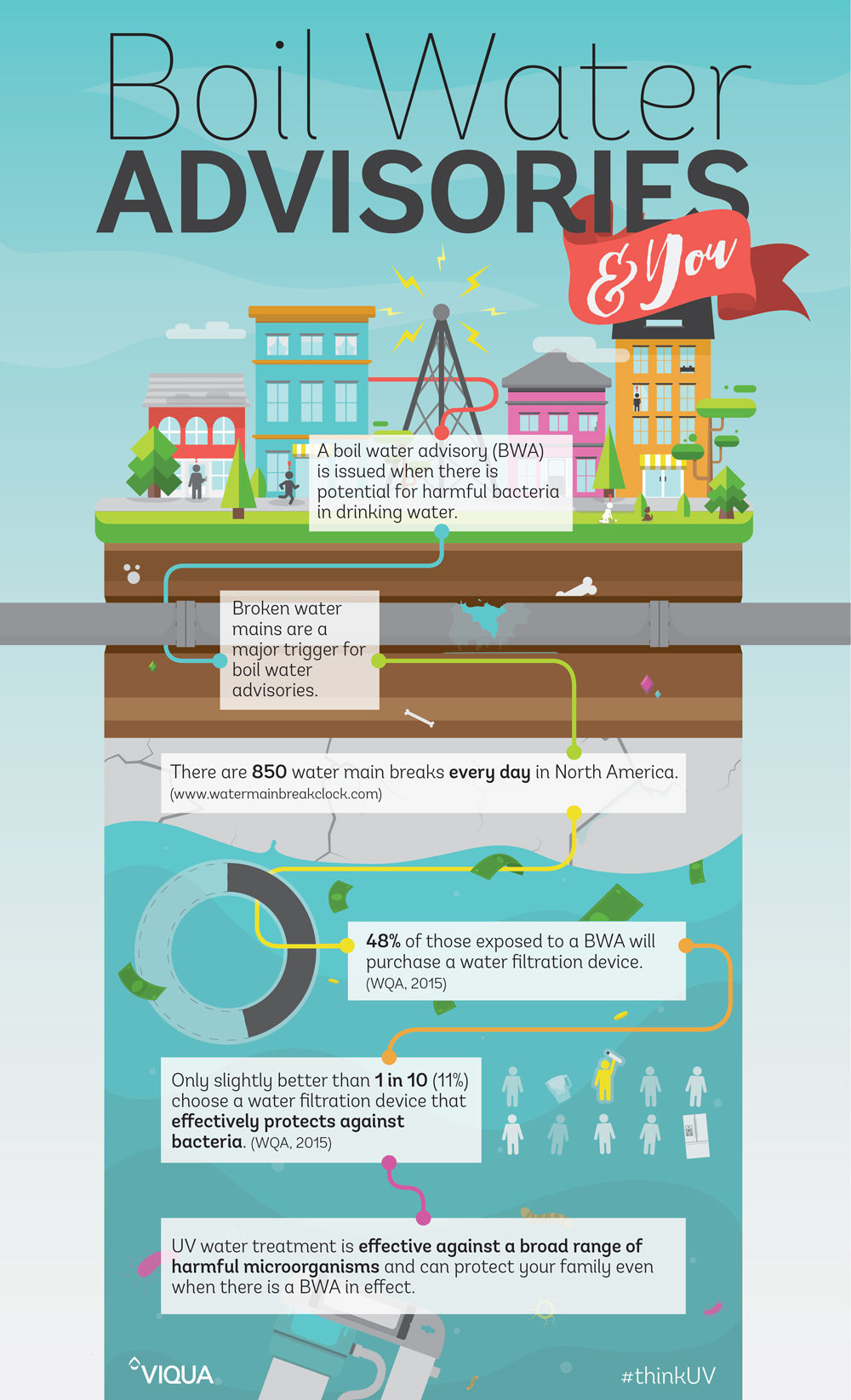
Municipal Water
Municipal or city water is delivered to our homes from a Public Water Supply (PWS) and is regulated by health authorities. Nevertheless, water quality issues can arise.
Being aware of the challenges facing municipalities can help you choose what type of water treatment you want for your home or office.
Municipal infrastructure woes are just some of the issues plaguing North America’s water supplies. From overloaded and outdated water treatment plants to crumbling pipes nearing the end of their life, these concerns are forcing people everywhere to pay more attention to where their water comes from and how it gets to them, as well as learn how to protect themselves and their families from the risks of water-borne illnesses.
We are all worried about North America’s aging infrastructure, the economy, and the allocation of funds set aside for water-specific projects. “Clean water is fundamental to our economy and our health,” said American Society of Civil Engineers (ASCE), President, Andrew Herrmann, P.E. “We depend on water infrastructure, but our drinking water and wastewater systems are aging. Some of our water systems are 100 years old and in desperate need of replacement. When those systems fail, they disrupt businesses and families and cost all of us more in the end.”
Municipal Water and Boil Water Alerts (BWAs)
Municipal water can be deemed perfectly safe when it leaves the treatment plant. Nonetheless, boil water alerts (BWA) happen frequently as a result of the unexpected. Many times a boil water alert is issued 24 – 48 hours after contamination has occurred.

BWAs are issued for a variety of different reasons:
- Failure of disinfection equipment
- High turbidity levels due to a malfunctioning filtration system
- Water main breaks
- Questionable pathogenic bacteria detection
- General interruption of water treatment processes.